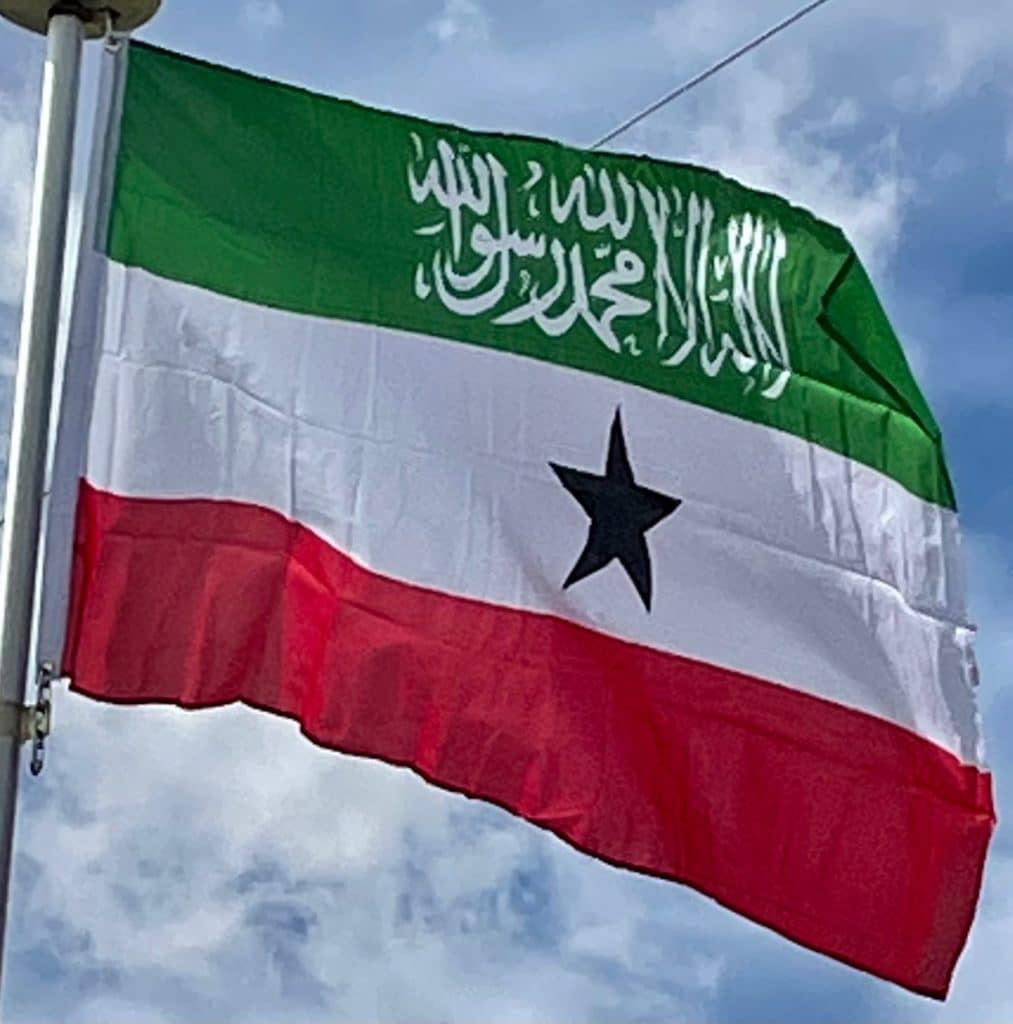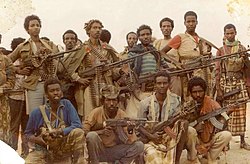

Somaliland
Somali Republic (union with Somalia):
On 1 July 1960, the State of Somaliland and the Trust Territory of Somaliland (the former Italian Somaliland) united as planned to form the Somali Republic. Inspired by Somali nationalism, the northerners were initially enthusiastic about the union. A government was formed by Abdullahi Issa, with Aden Abdullah Osman Daar as President and Abdirashid Ali Shermarke as Prime Minister (later to become president, from 1967 to 1969). On 20 July 1961 and through a popular referendum, the Somali people ratified a new constitution, which was first drafted in 1960. The constitution had little support in the former Somaliland, and was believed to favor the south. Many northerners boycotted the referendum in protest, and over 60% of those who voted in the north were against the new constitution. Regardless, the referendum passed, and Somaliland became quickly dominated by southerners. As result, dissatisfaction became widespread in the north, and support for the union plummeted. British-trained Somaliland officers attempted a revolt to end the union in December 1961. Their uprising failed, and Somaliland continued to be marginalized by the south during the next decades.
In 1967, Muhammad Haji Ibrahim Egal became Prime Minister, a position to which he was appointed by Shermarke. Shermarke was assassinated two years later by one of his own bodyguards. His murder was quickly followed by a military coup d’état on 21 October 1969 (the day after his funeral), in which the Somalian Army seized power without encountering armed opposition. The putsch was spearheaded by Major General Mohamed Siad Barre, who at the time commanded the army. The new regime would go on to rule Somalia for the next 22 years.
Somali National Movement, Barre persecution:

The moral authority of Barre’s government was gradually eroded, as many Somalis became disillusioned with life under military rule. By the mid-1980s, resistance movements supported by Ethiopia’s communist Derg administration had sprung up across the country, which lead to the Somaliland War of Independence. Barre responded by ordering punitive measures against those he perceived as locally supporting the guerrillas, especially in the northern regions. The clampdown included bombing of cities, with the northwestern administrative centre of Hargeisa, a Somali National Movement (SNM) stronghold, among the targeted areas in 1988. The bombardment was led by General Mohammed Said Hersi Morgan, Barre’s son-in-law.
According to Abou Jeng and other scholars, the Barre regime rule was marked by a targeted brutal persecution of the Isaaq clan. Mohamed Haji Ingiriis and Chris Mullin state that the clampdown by the Barre regime against the Hargeisa-based Somali National Movement targeted the Isaaq clan, to which most members of the SNM belonged. They refer to the clampdown as the Isaaq genocide or Hargeisa holocaust. A United Nations investigation concluded that the crime of genocide was “conceived, planned and perpetrated by the Somali Government against the Isaaq people”. The number of civilian casualties is estimated to be between 50,000 and 100,000 according to various sources, while some reports estimate the total civilian deaths to be upwards of 200,000 Isaaq civilians. Along with the deaths, Barre regime bombarded and razed the second and third largest cities in Somalia, Hargeisa and Burao respectively. This displaced an estimated 400,000 local residents to Hartasheikh in Ethiopia; another 400,000 individuals were also internally displaced.